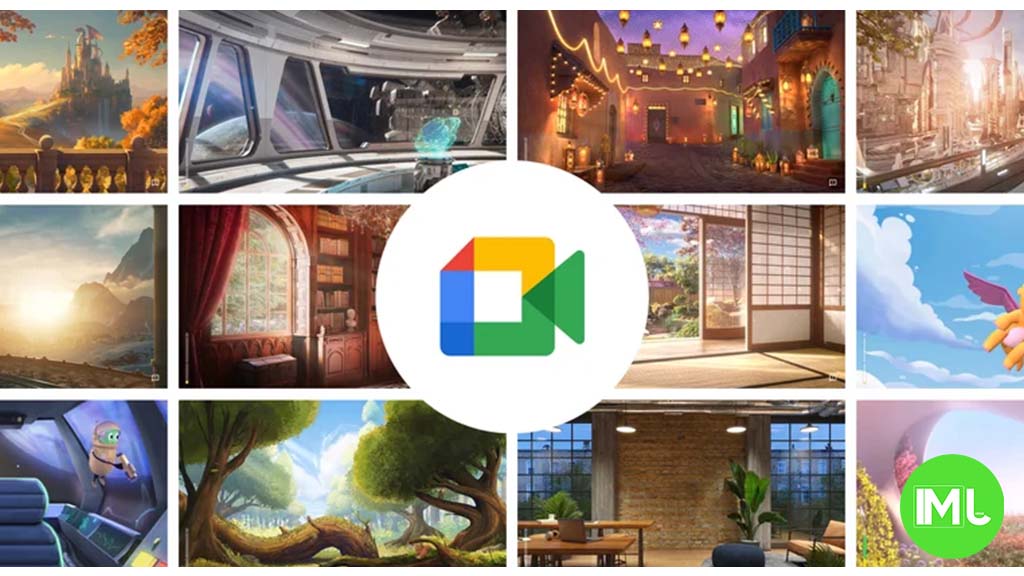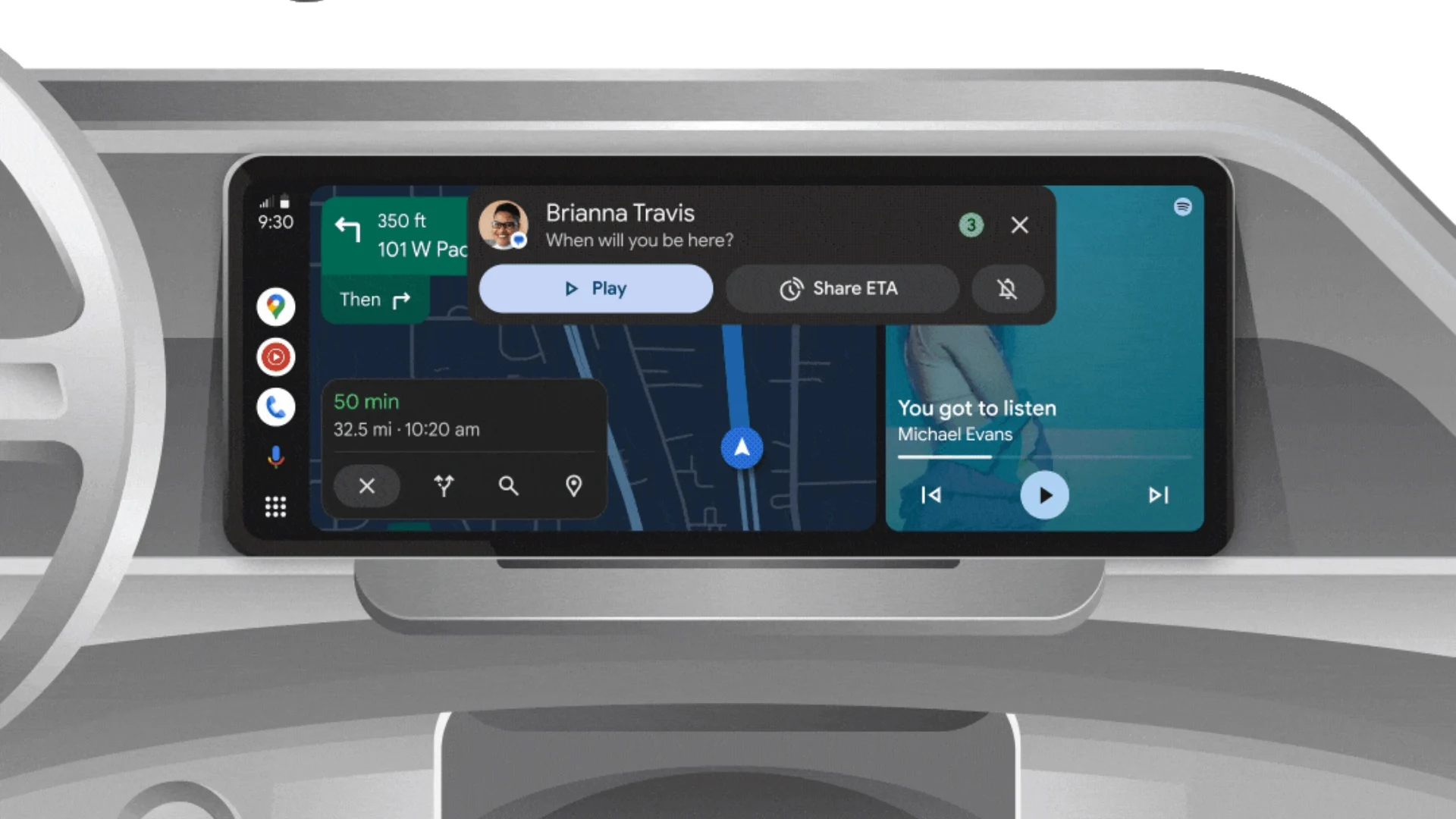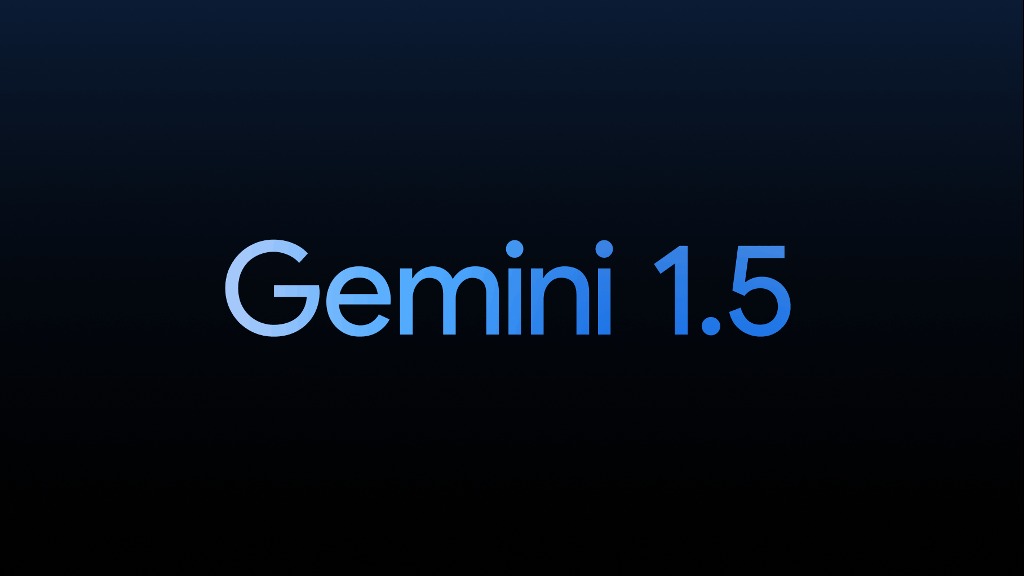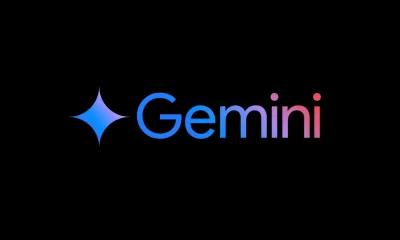The Shifting Sands of Search: Scrutiny on Google’s practices in Japan

The digital landscape is constantly evolving, and with it, the scrutiny placed upon its dominant players. Recently, whispers have been circulating about potential antitrust concerns surrounding Google’s search practices in Japan. While official announcements are pending, the murmurings suggest a deeper examination of how search engines, particularly Google, interact with device manufacturers and shape user experiences. This exploration delves into the potential issues at play and considers the broader implications for the future of search.
For years, the pre-installation of certain apps on new devices has been a standard practice. This often includes search engines, browsers, and other commonly used tools. While this offers convenience to users, it also raises questions about fair competition.
If a search engine is pre-installed and prominently placed, does it create an unfair advantage, potentially hindering the visibility and usage of competing search platforms? This is the core of the discussion surrounding Google in Japan.
The potential investigation by the Japan Fair Trade Commission (JFTC) reportedly focuses on the agreements between Google and Android device manufacturers. It’s suggested that these agreements might include requirements for pre-installing Google Search and placing it in a prominent position on the device’s home screen. Such an arrangement could significantly influence user behavior, as the readily available search bar becomes the default entry point for online queries.
The Android ecosystem, with its open-source nature, has fostered innovation and diversity in the mobile market. However, the reliance on Google Mobile Services (GMS), which includes the Google Play Store, creates a complex dynamic. Device manufacturers often seek GMS certification to provide access to the Play Store, a crucial distribution channel for apps. This certification process may involve agreements regarding the pre-installation of Google apps, including Search.
The concern is that these agreements could stifle competition. If manufacturers are incentivized or required to prioritize Google Search, it becomes more challenging for other search engines to gain traction. This could limit user choice and potentially hinder innovation in the search space. The JFTC’s reported investigation is likely exploring whether these practices constitute an abuse of dominance, creating an uneven playing field for competitors.
Furthermore, reports suggest that financial incentives might be part of these agreements. It’s alleged that Google may offer revenue sharing to manufacturers who exclusively pre-install Google Search. This practice could further discourage manufacturers from exploring alternative search options, reinforcing Google’s market dominance.
The implications of this potential investigation extend beyond Japan. It reflects a growing global concern about the power of large tech companies and the need for regulatory oversight to ensure fair competition. Similar investigations and legal challenges have emerged in other regions, highlighting the increasing scrutiny on the practices of dominant players in the digital economy.
The dominance of Google Search in Japan, as in many other countries, is undeniable. Market share statistics consistently show Google holding a significant lead over its competitors. While this dominance is partly attributed to the quality and effectiveness of Google’s search technology, the potential influence of pre-installation agreements and other business practices cannot be ignored.
The outcome of the JFTC’s reported investigation could have significant consequences. If the commission finds anti-competitive practices, it could issue orders requiring Google to modify its agreements with device manufacturers. This could lead to greater choice for consumers and a more competitive search landscape. It could also set a precedent for other regulatory bodies around the world, influencing how they approach similar issues.
In conclusion, the potential scrutiny on Google’s search practices in Japan raises important questions about competition, user choice, and the role of regulatory oversight in the digital age. While official announcements are awaited, the ongoing discussion underscores the need for a balanced approach that fosters innovation while ensuring a level playing field for all players in the search market.
The evolving digital landscape demands constant vigilance and adaptation to ensure a fair and dynamic online environment. This situation in Japan serves as a crucial case study in the ongoing debate about the balance between market dominance and fair competition in the digital realm.
Google Meet gets a fresh new look with Material 3 design

Google Meet is getting a big update to its look, thanks to the new Material 3 design. This change brings a cleaner and more modern style to the video calling app, making it easier and more enjoyable to use.
With Material 3, Google Meet now has rounder buttons, softer colors, and better spacing between elements. The main controls, like the microphone, camera, and end call buttons, are now larger and easier to tap. The icons and text are also clearer, which helps users find what they need quickly during a call.
Another improvement is the new “expressive” color system. This feature lets the app’s colors match your device’s wallpaper or theme, giving each user a unique and personalized experience. The changes also make Google Meet more accessible, as the new design is easier to read and use for everyone, including people with vision difficulties.
These updates are rolling out to both web and mobile versions of Google Meet. Google says the new look will help people feel more comfortable and focused during their meetings. Overall, the Material 3 update makes Google Meet not only look better but also work better for all its users.
Android
Easy ways to change Android Auto’s look with light and dark themes

Android Auto is a helpful tool that lets you use your phone’s apps safely while driving. It connects your phone to your car’s screen, making it easier to use maps, music, and calls. One of the features many people like is the ability to change how Android Auto looks by switching between light and dark themes.
How to switch between light and dark themes
Android Auto offers two main themes: light and dark. The light theme uses brighter colors, which can make the screen easier to see during the day. The dark theme uses darker colors, which can be more comfortable for your eyes at night or in low light.
To change the theme, follow these steps:
- Open the Android Auto app on your phone.
- Go to the settings menu.
- Find the “Theme” option.
- Choose between “Light,” “Dark,” or “Set by car” (this lets your car decide the theme based on the time of day or your car’s settings).
Why themes matter
Using the right theme can make driving safer and more comfortable. The light theme is good for bright days, while the dark theme helps reduce glare at night. Having these options means you can pick what works best for you, making Android Auto easier to use in any condition.
In short, Android Auto’s theme options are simple to use and help you drive more safely by making the screen easy to see, no matter the time of day.
Google Drive and Files by Google get fresh updates for easier use

Google is rolling out some helpful updates to two of its popular apps: Google Drive and Files by Google. These changes are designed to make managing your files and watching videos much smoother.
First, Google Drive is getting a new video player. Now, when you upload a video to Drive and open it, you’ll notice a fresh look that matches Google’s latest design style. The controls, like play and pause, are easier to use and look cleaner. This update makes it simpler to watch videos directly in Drive without needing to download them first.
Meanwhile, the Files by Google app is also getting a makeover. The app is adopting Google’s Material 3 design, which means it looks brighter and more modern. The buttons and menus are easier to see and use, making it simpler to find, move, and organize your files. There are also new color options and improved icons, so everything feels more user-friendly.
Both updates show Google’s commitment to making its apps more helpful and enjoyable to use. Whether you’re watching videos in Drive or sorting files on your phone, these changes aim to save you time and make things less complicated. If you use these apps, keep an eye out for these new features—they should arrive soon!
-

 Apps1 year ago
Apps1 year agoGboard Proofread feature will support selected text
-

 News1 year ago
News1 year agoSamsung USA crafting One UI 6.1.1
-

 Apps12 months ago
Apps12 months agoGoogle Contacts app testing new Besties Widget
-

 AI12 months ago
AI12 months agoGoogle Pixel 9 Pro may come with a complimentary one-year Gemini Advanced subscription
-

 News1 year ago
News1 year agoBreaking: Samsung Galaxy S22 may get Galaxy AI features
-

 Apps12 months ago
Apps12 months agoGoogle working on a new video editing feature for its Photo app
-

 Apps12 months ago
Apps12 months agoGoogle Maps lets you report traffic jams and accidents on Apple CarPlay, but not on Android Auto
-

 Apps12 months ago
Apps12 months agoGoogle Messages app will transform MMS chats into RCS










